Corporations and startups are moving toward early stage interactions. MassChallenge, a highly successful nonprofit accelerator, has been connecting corporations and startups since its 2010 launch in Boston. MC has several US and international locations, which accelerated 372 startups in 2016.
MC delivers positive results and has been listed among the Best Startup Accelerators by the Seed Accelerator Rankings Project, led by Baker Institute Rice faculty scholar Yael Hochberg. There are over 1,000 MC alumni, who have collectively raised more than $1.8B in outside funding, generated $700M in revenue and created over 60,000 jobs. According to a 2016 MIT study, MC startups are 2.5 times more likely than non-MC startups to hire at least 15 employees and three times more likely to raise $500,000 in funding.
With seven years of history, notable MC alumni includes Ginkgo Bioworks, which designs custom microbes to produce chemicals, ingredients and industrial enzymes. As a startup, Gingko Bioworks raised $154M in funding and signed a deal for 700 million base pairs of designed DNA — the largest such agreement ever made — with Twist Bioscience. Other remarkable graduates of the program include Ksplice, Turo, Sproxil and LiquiGlide.
An Attractive Alternative for Startups
MC is similar to other startup institutions such as Techstars and Y-Combinator. However, the nonprofit differentiates itself by not taking equity. Entrants to the accelerator must be early stage startups, defined as companies with no more than $500K of investment and $1M in annual revenue. As part of the four-month program, selected startups receive mentoring, co-working space, access to a network of corporate partners, tailored workshops and the chance to win a portion of $2M in zero-equity funding. Additional prizes are provided by partners such as The Center for the Advancement of Science in Space (CASIS) and Microsoft’s New England Research and Development Center.
For entrepreneurs in regions with mature ecosystems like Silicon Valley and Boston, MC is one option among an array of accelerators and informal networks. This density of resources is called agglomeration, a geographic concentration of interconnected entities increases interactions and the productivity. The MIT study suggests MC acts as a complement to the prior advantages of startups in established ecosystems by providing key resources and access to social capital and also found evidence that startups founded in regions with higher access to early stage investors had on average higher quality ideas, but that their chances of success were not higher conditional on the quality of their idea.
For startups in nascent ecosystems the resources provided by MC can become the only option to pitch their ideas to investors and advance their company at no cost other than the time invested on the program. Of equal value is the endorsement received as a MC graduate inferring the quality of the startup venture.
A Model Built on Strategic Partnerships
As a nonprofit, MC depends on the support of a network of public, private and philanthropic partners, with the vast majority of their funding coming from corporations. Governments and philanthropic foundations fund MC with the goal to foster regional economic growth. Founders John Harthorne and Akhil Nigam, former consultants at Bain & Company, garnered early support from the Commonwealth of Massachusetts, successful entrepreneurs and large corporations such as Blackstone, Microsoft and the nonprofit Kauffman Foundation.
MC could have faced financial challenges by providing accelerator programs at no cost and with no equity commitment. However, MC was able to become a bridge between large companies’ need for innovation and startups’ need for capital. Large companies have the scale of resources, customer information and market experience, but may lag in innovation. Startups, on the other hand, lack the resources but innovate with sometimes disruptive and successful ventures, frequently taking incumbents by surprise (Airbnb, Uber).
MC serves as a channel between startups and established companies to meet the need for fast-paced innovation. Companies like Bühler and PTC partner with MC to source high-potential startups for the development of advanced technology. Companies can also source tailored programs or tracks for specific needs.
A study done jointly by MC and innovation firm Imaginatik looked at how startups and corporations interact in new collaborative ways. The research team surveyed 112 corporations and 233 startups from various industries. 82 percent of the corporations considered startup interactions important, and 23% stated that these interactions are “mission critical.” Startups have a high interest in working with corporations with 99% stating it is important for them to interact with potential corporate customers, marketing channels and strategic partners.
Expansion

MC communicates its impact and vision to donors by demonstrating the cost-effectiveness of alliances between startups and corporations. A solid accelerator program, global vision, robust network and a sustainable funding strategy have set up MC for success. As stated in the MC Impact Report 2016, the accelerator is committed to running 12 locations annually by 2020, including at least one on each populated continent.
Before establishing an MC accelerator, the metropolitan area is evaluated for the quality of its research universities, urban setting, level of entrepreneurship opportunity and investment capability. As government and private stakeholders partner, a sense of shared ownership becomes crucial to consolidating efforts. This engagement guarantees that the resulting ecosystems are seen as a shared legacy.
The next MC sites are yet to be announced. Currently in five locations with global impact, MC’s 2020 vision is on a path to become a tangible reality.
The author and editor would like to thank Tay Jacobe for assistance with researching and drafting this post.

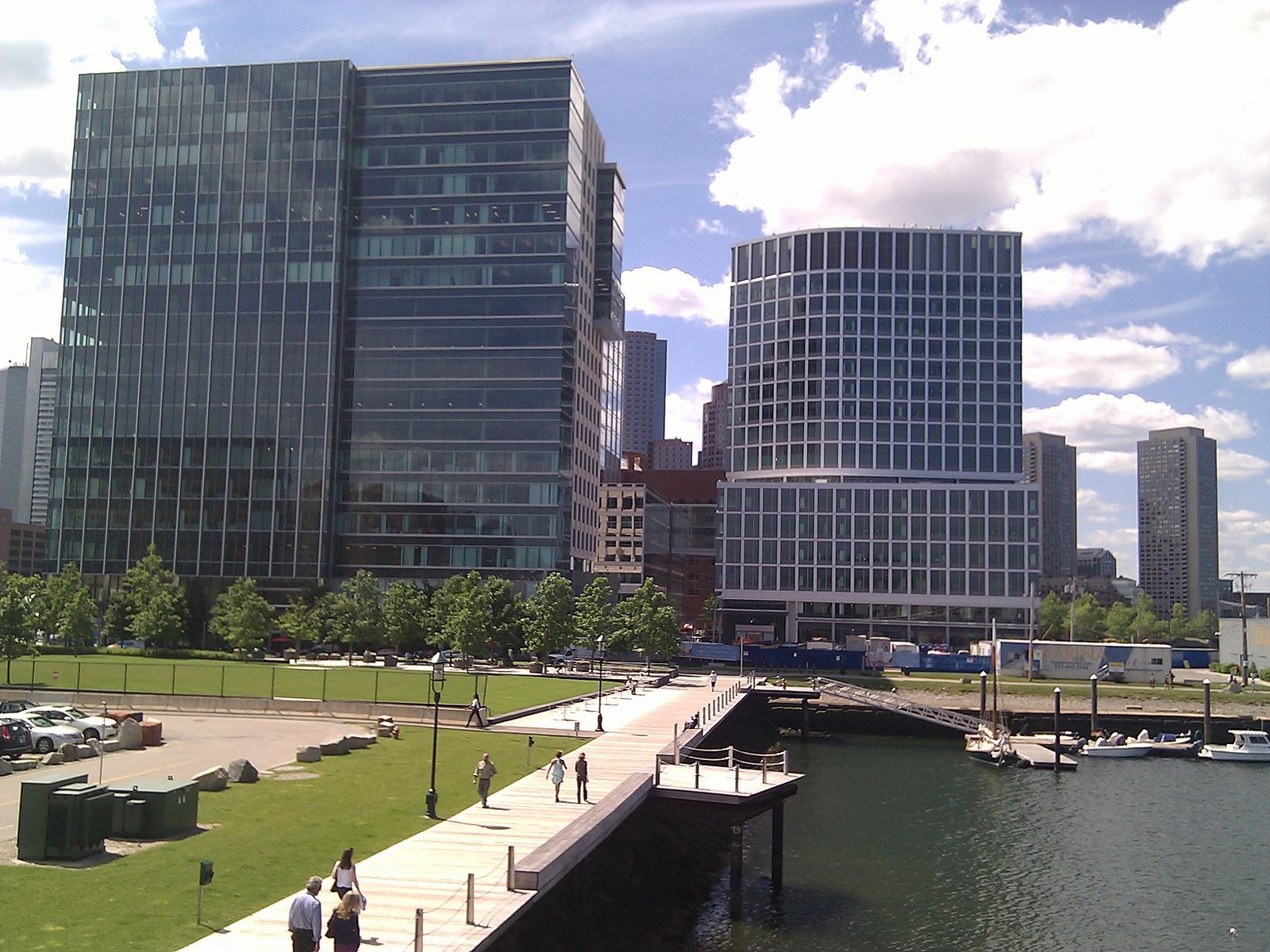
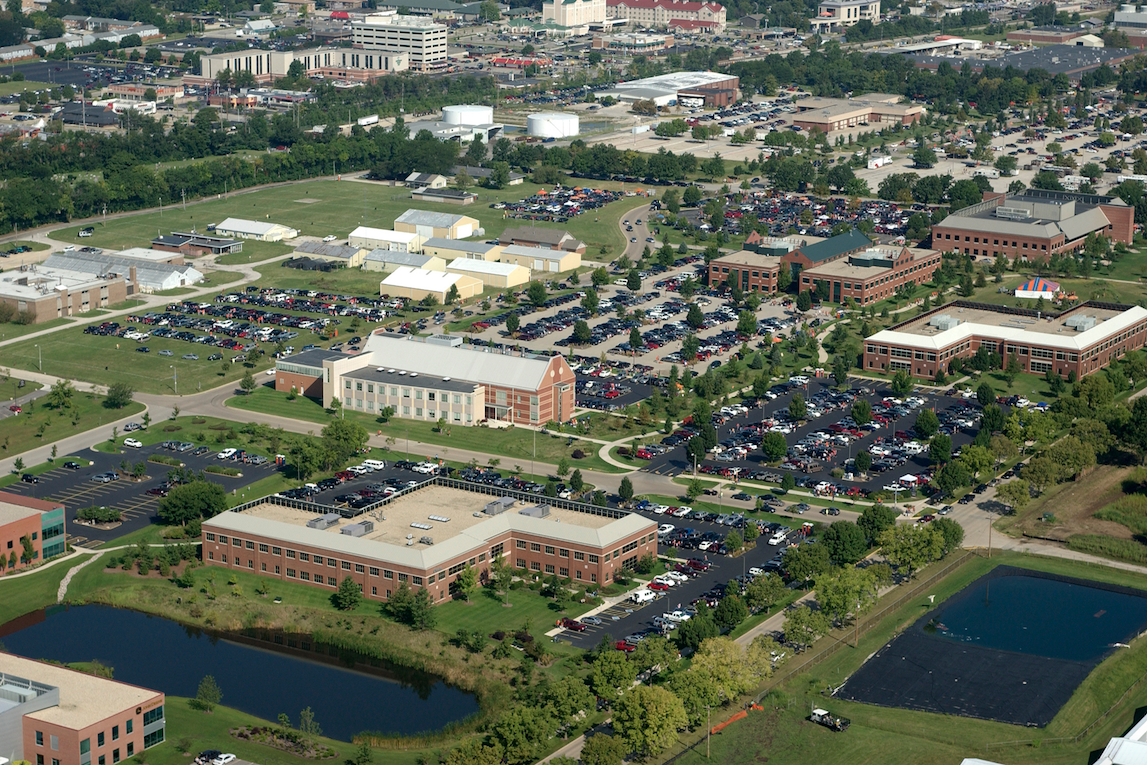


 Within five years, 76.6% of released prisoners were rearrested.
Within five years, 76.6% of released prisoners were rearrested.
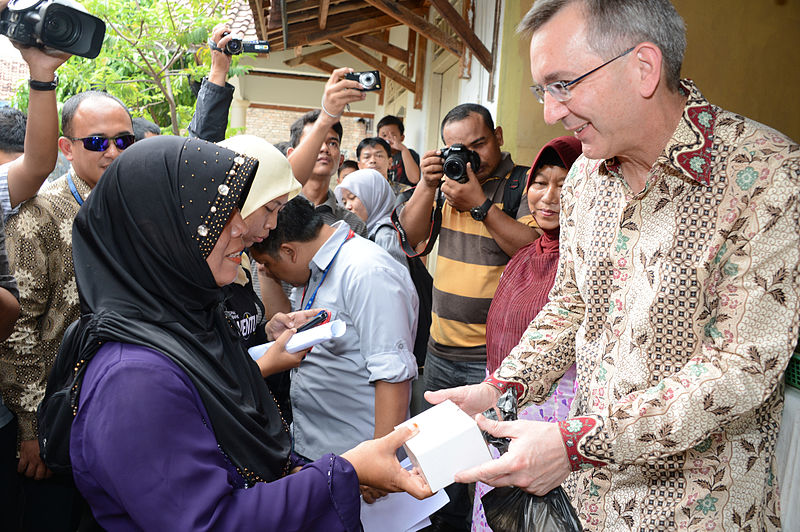

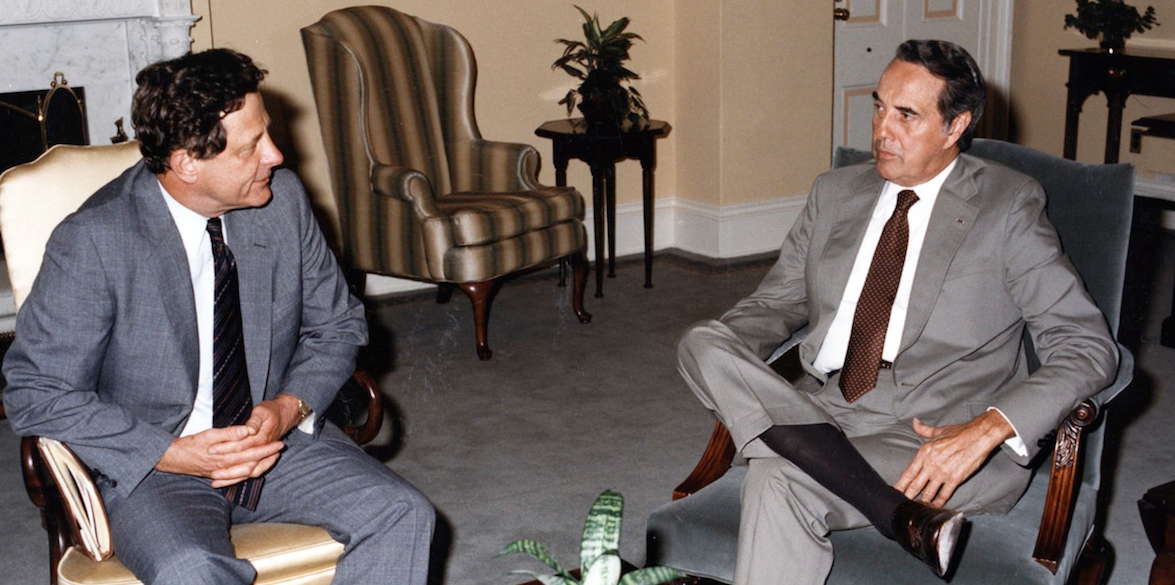






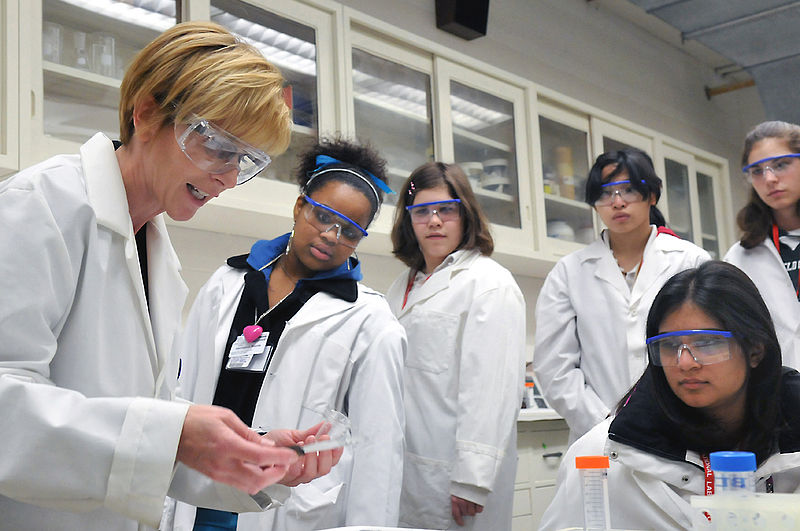

 vement, behind the United States.
vement, behind the United States.